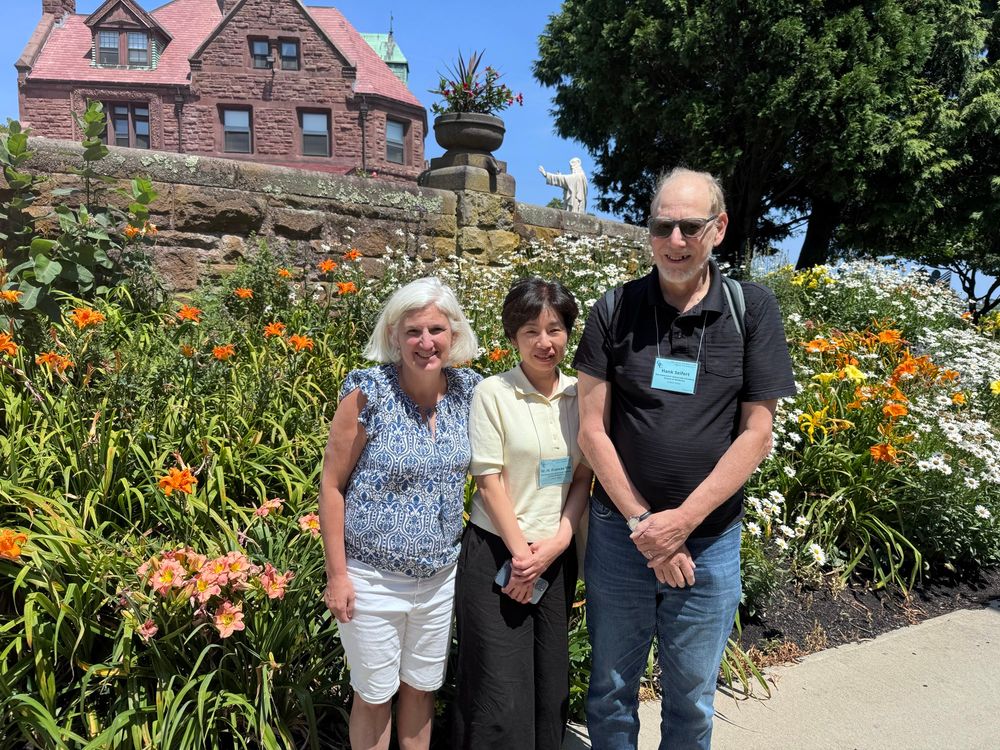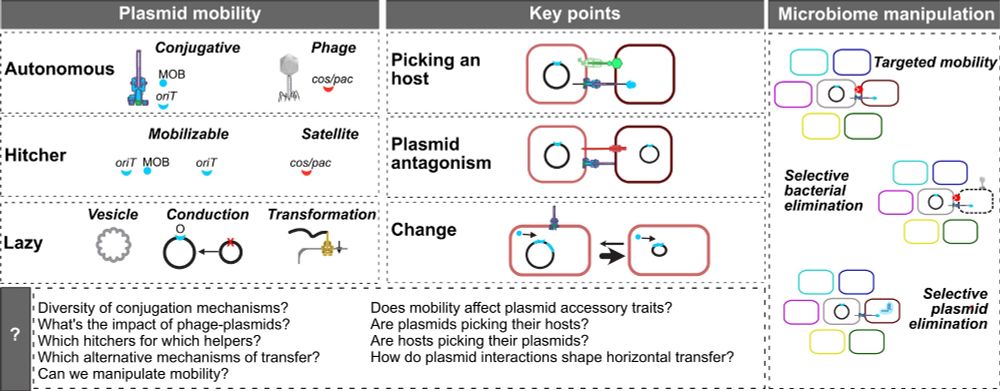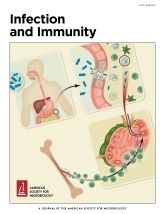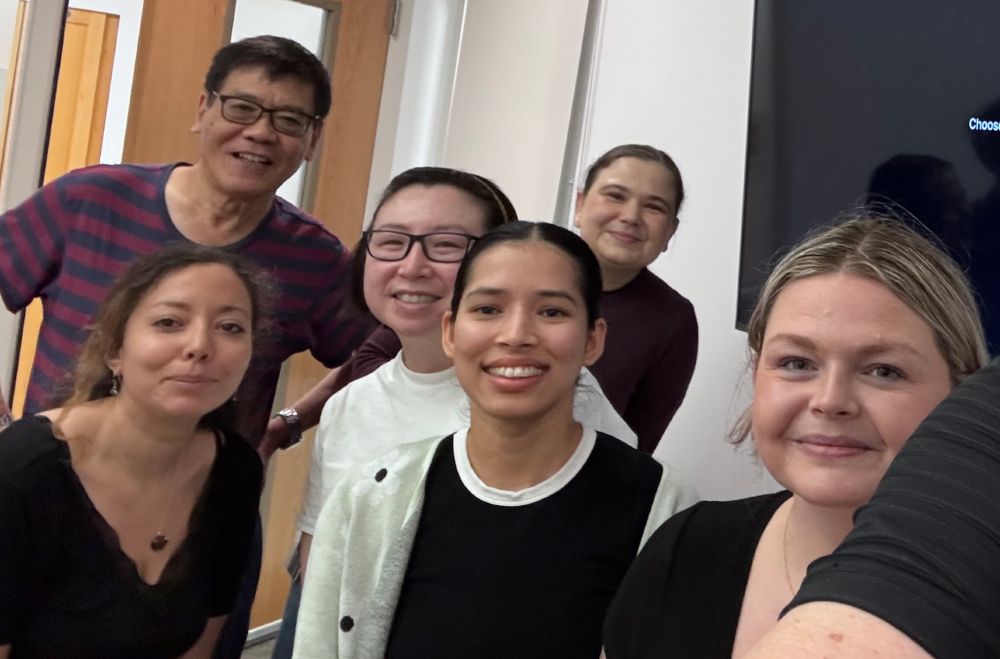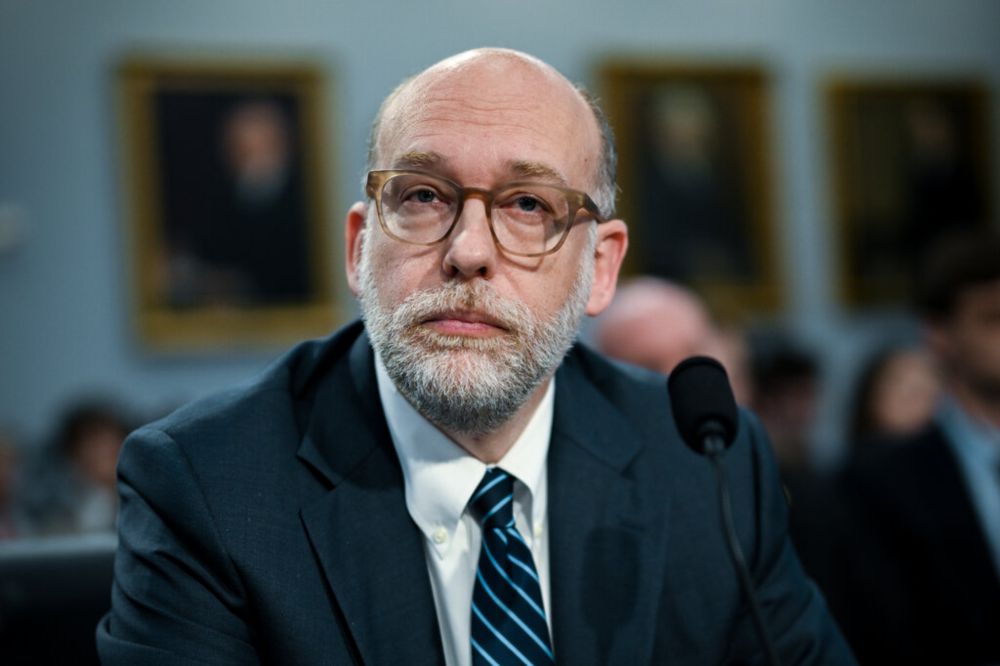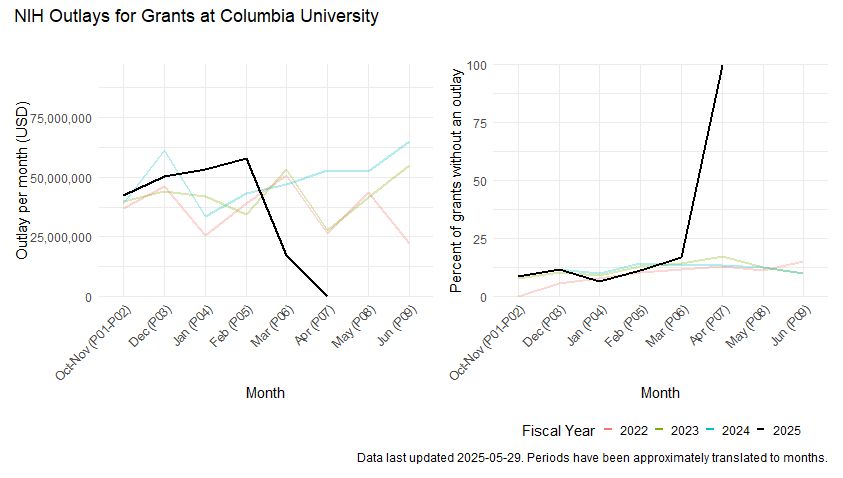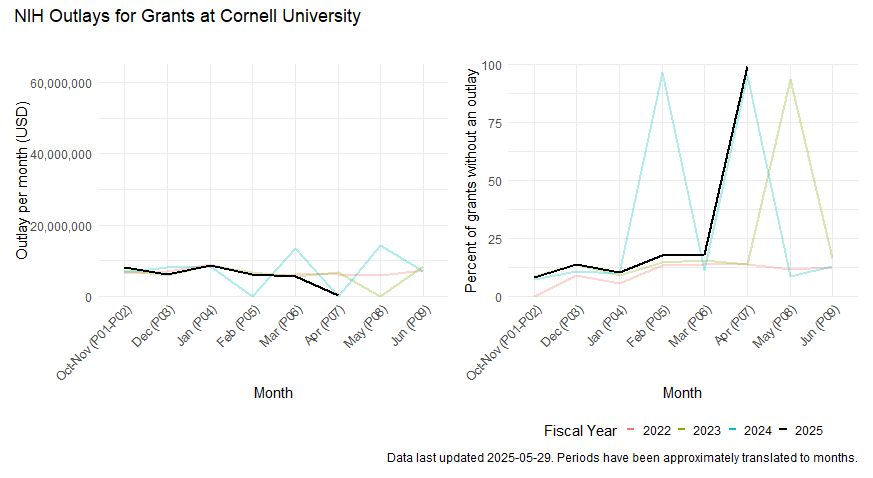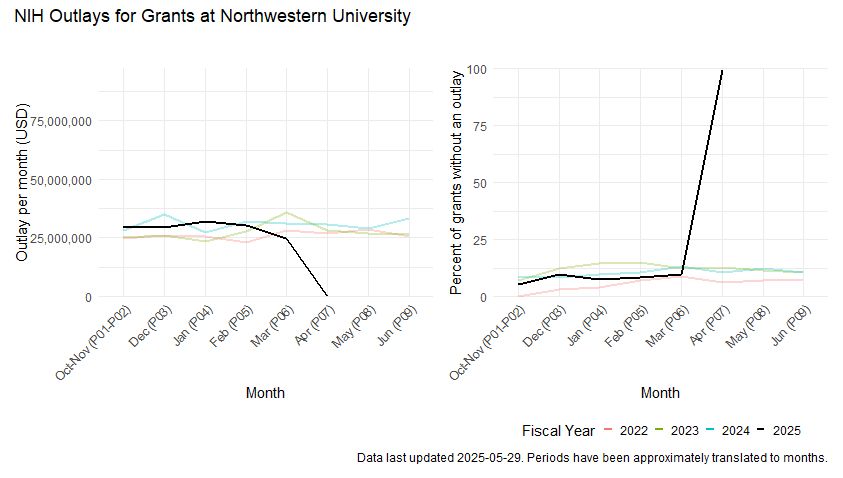Gc Rox
@gcrox.bsky.social
340 followers
760 following
36 posts
Hank Seifert is a Professor at Northwestern Medical School in Chicago. I'm interested in everything, particularly bacteria, but our group studies the Neisseria gonorrhoeae pilus—antigenic variation and functions.
Posts
Media
Videos
Starter Packs
Pinned
Gc Rox
@gcrox.bsky.social
· Sep 5
Gc Rox
@gcrox.bsky.social
· 4d
Gc Rox
@gcrox.bsky.social
· Sep 6
Gc Rox
@gcrox.bsky.social
· Sep 5
Reposted by Gc Rox
Kimberly Kline 🏔
@kimingeneva.bsky.social
· Aug 11
Reposted by Gc Rox
Gc Rox
@gcrox.bsky.social
· Jul 28
Reposted by Gc Rox
Joe Zackular
@joeyzacks.bsky.social
· Jul 26
Reposted by Gc Rox
Reposted by Gc Rox
Reposted by Gc Rox
Kröger Lab
@kroegerlab.bsky.social
· Jul 21
Reposted by Gc Rox
BK. Titanji
@boghuma.bsky.social
· Jul 11
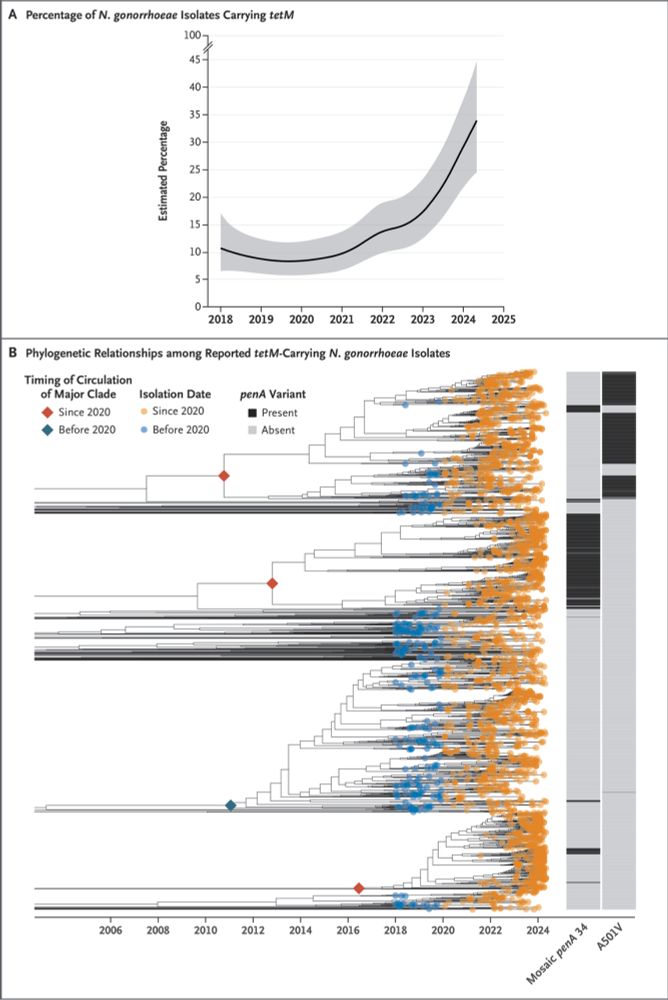
Expansion of tetM-Carrying Neisseria gonorrhoeae in the United States, 2018–2024 | NEJM
During 2018–2024, the percentage of N. gonorrhoeae isolates carrying tetM, which confers
tetracycline resistance, increased from less than 10% to more than 30% across the
United States.
www.nejm.org
Reposted by Gc Rox
Reposted by Gc Rox
Reposted by Gc Rox






